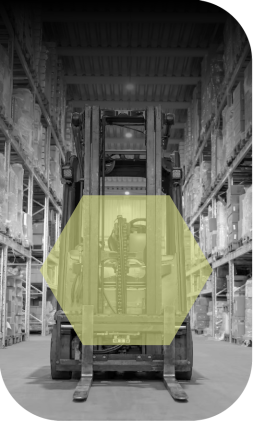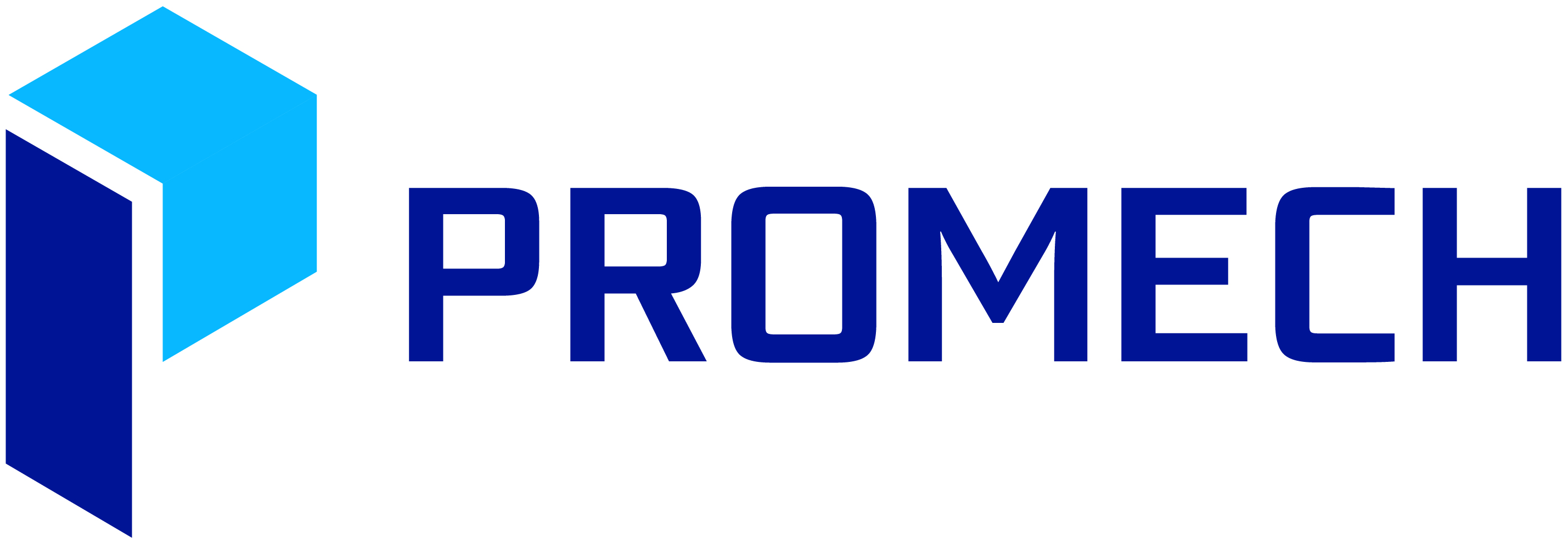
Business Egypt, in collaboration with the Chamber of Information Technology and Telecommunication (CIT), is organizing an innovation challenge focused on CIT’s ManuTech component.
Business Egypt (BE) is a USAID-funded program implemented by DAI Global LLC, which aims to support entrepreneurs by strengthening the entrepreneurship ecosystem, assisting MSMEs to adapt and grow, and furthering the business-enabling environment by addressing MSME challenges to ensure their sustainability and growth.
CIT is the biggest semi-government Association – NGO in the Communication and Information technology industry in Egypt.

Applicants submit their
initial ideas / solutions
Qualified applicants attend a 2-days
boot camp and receive training to
develop a POC for their solutions.
Finalists pitch their
solutions to the jury
Finalists receive mentorship to
develop a prototype and
prepare to pitch their solutions.
Finalists get mentorship to
develop a prototype and
prepare to pitch their solutions.
Finalists pitch their
solutions to the jury
Top 3 solutions are
selected as winners.
• Mentorship: Winners will have the opportunity to benefit from mentorship provided by a dedicated Business Innovation team. Additionally, teams may be partnered with relevant Lines of Business for more focused mentorship to align with their project.
• Technical Support: Comprehensive technical support will be provided to winners who wish to continue their project beyond the competition. Consider it like a graduation project with the backing of experts.
• Incubation: For projects that show promise and applicability, funding will be offered for Proof of Concept (PoC) or demo development within the state-of-the-art GS Innovation Lab.








Application Submission Deadline: September 15



Solution Submission
Deadline: October 3





Anyone who is based in Egypt, has software programming or manufacturing experience, and have an idea in one of the challenge tracks.
No, you can apply as an individual. We encourage, however, to have a teammate where your team have both technology and manufacturing backgrounds.
No, you can only apply once for one of the challenge tracks.
If you are applying as a team, you should appoint a team leader who fills out an application with the idea and the information of the rest of the team member.
The Challenge is hybrid, applications are filled on the website, the bootcamp is in-person, the mentorship is virtual, and the live pitching event is in-person.
Yes, it is mandatory for the shortlisted applicants to attend the bootcamp.
The final outcome is a prototype, or a comprehensive solution concept that is ready to be piloted.
A proof of concept (POC) is a demonstration of a product -focused on determining whether an idea can be turned into a reality. A POC’s goal is not to seek market demand for the concept or choose the best way to produce it. Rather than focusing on building or developing the idea, it tests whether the idea is feasible and viable. In addition, it enables those involved in the proof-of-concept exercise to explore its financial potential. It’s a low-cost and quick method to validate that the technical capabilities and resources you need to make your idea work are viable. It’s often hard-coded with mock APIs and basic UI controls. POC should study the solution’s limitations, resources needed, suitable development approach, and the feasibility of the technical aspect.
To ensure the solution’s viability the poc should demonstrate that the initial idea or concept would meet customer and business requirements. Teams creating POCs should also collect user feedback and team insights.
The purpose of a prototype is to test the usability, functionality and design of a working model. There is no expectation that prototypes will have the same features, functions, usability or aesthetics as a finished product. Instead, it gives stakeholders, such as project managers, executives and potential investors, a draft of the final product. A prototype lets makers determine how best to develop the product when it moves into full production for a final, market-ready item.
While a POC is a process that proves an idea is viable, a prototype is a physical model that shows the production of that idea is practical.